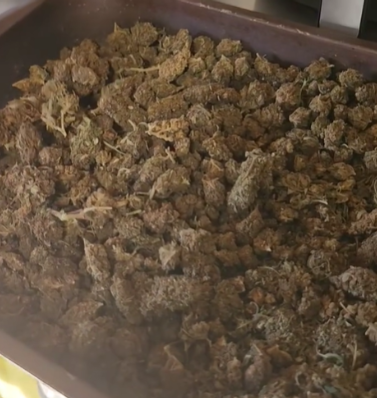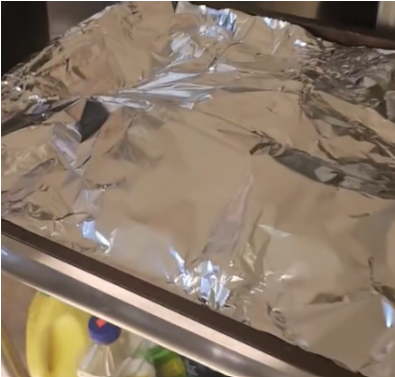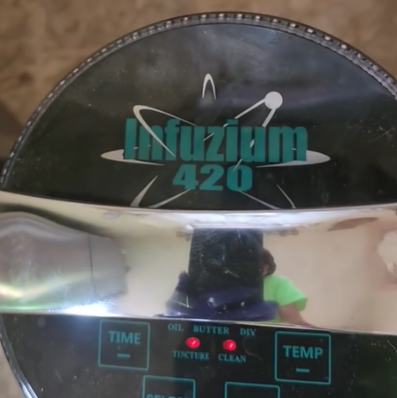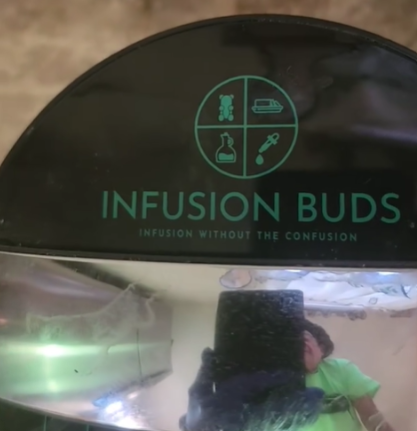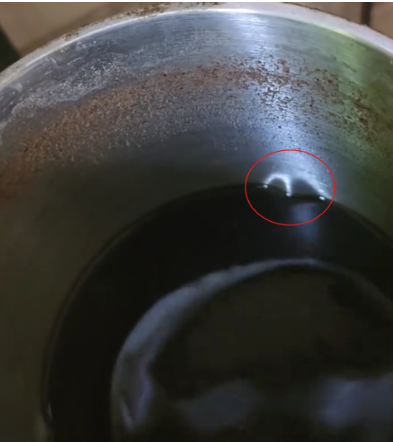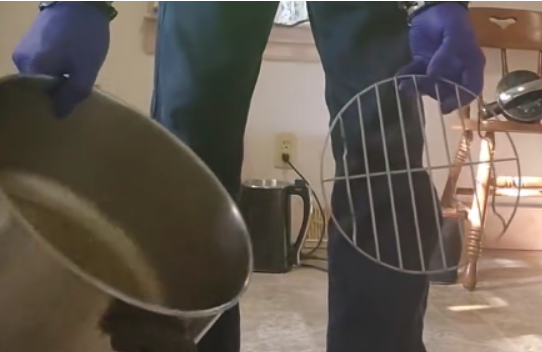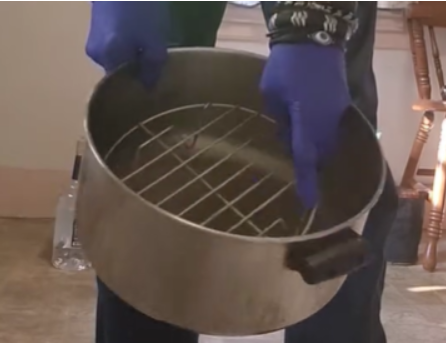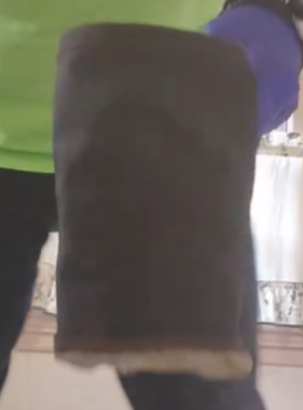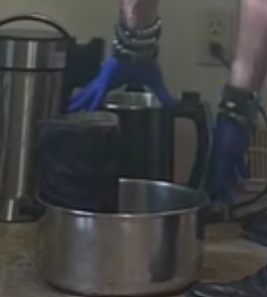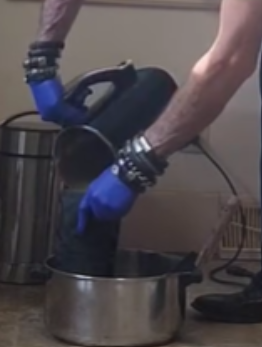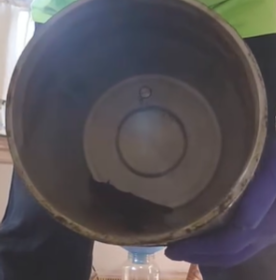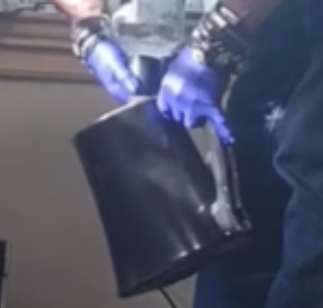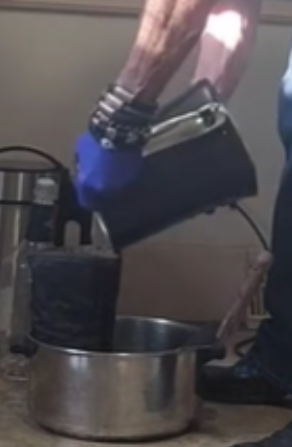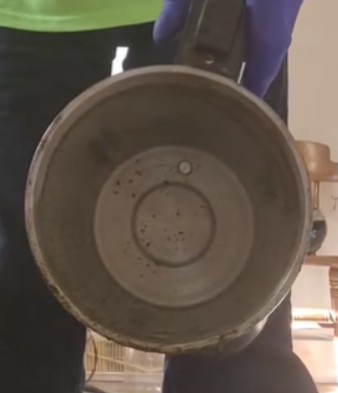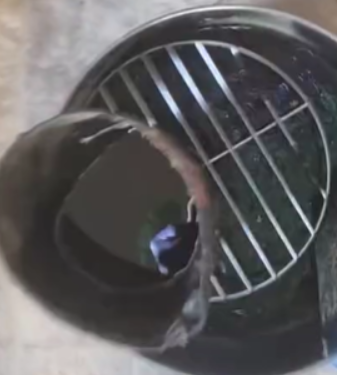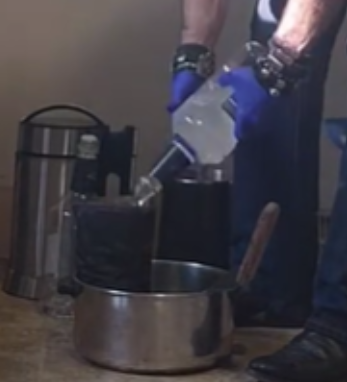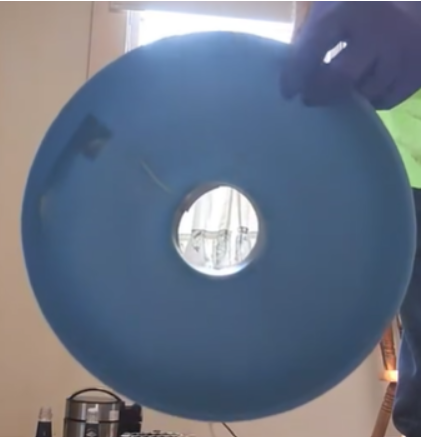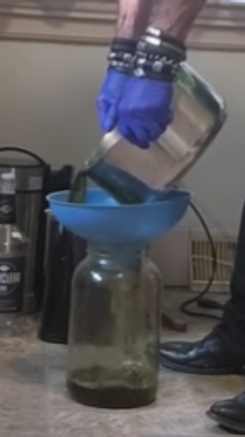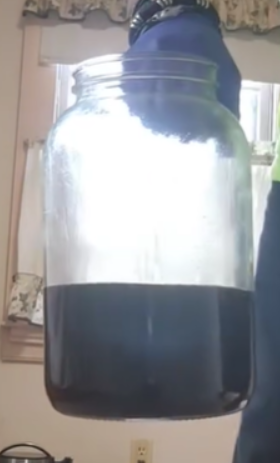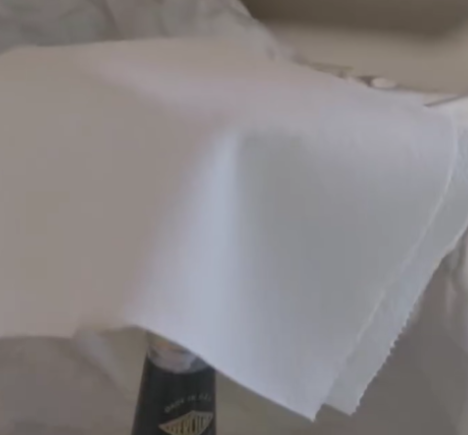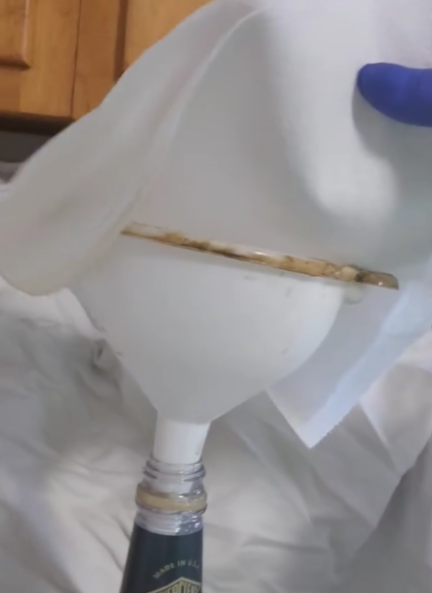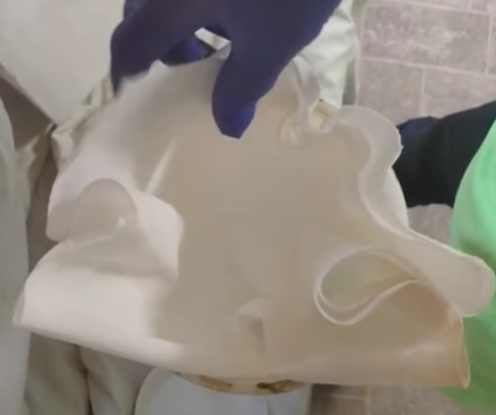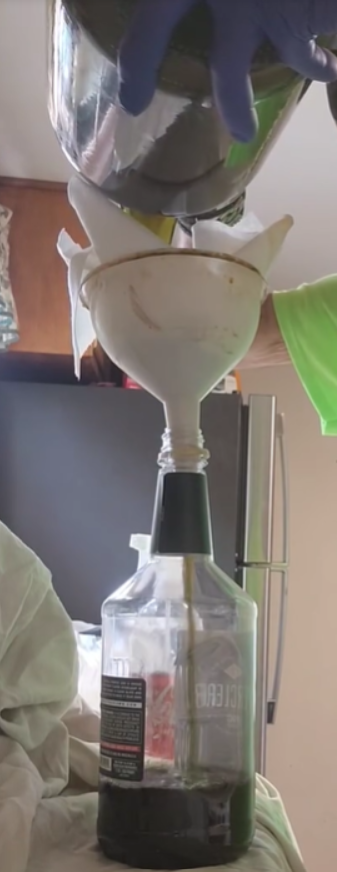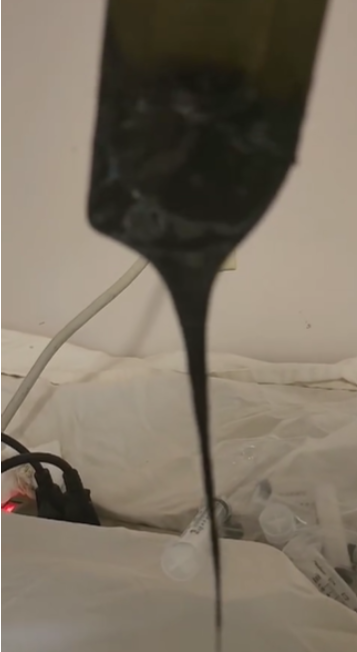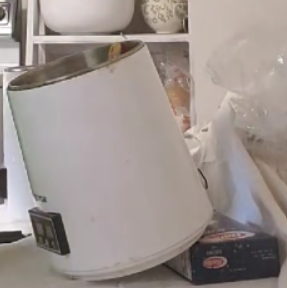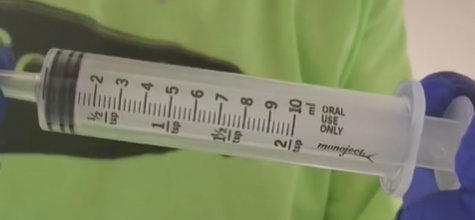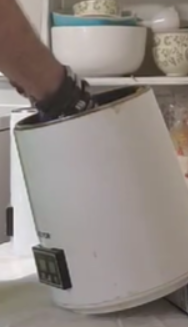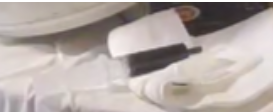How To Make FECO: Baboo's Approach
With this approach, about 5 grams FECO per ounce of cannabis can be expected, which is about an 18% yield. If the quantity of FECO produced is significantly lower, then there was likely some loss during the process. If it is significantly higher, there is likely too much residual solvent left. Here are some videos that better explain this process.
Watch Video 1>
Watch Video 2>
The information provided here is for educational purposes only and is not intended as medical or professional advice. If you choose to use these methods, please ensure you take necessary precautions, including wearing protective gear and working in a well-ventilated area. Always prioritize safety when handling flammable substances.
Materials Needed
- Cannabis
- 190-proof ethanol (Everclear or organic grain alcohol)
- Oven
- Metal Baking Pan
- Aluminum Foil
- Plastic Gloves
- Electric Grinder
- Infusion machine (Infuzium 420, Infusion Buds, or Magical Butter machine)
- Stainless Steel Pan
- Stand for putting inside the steel pan
- Micron filter bag
- 2 Funnels
- Glass or BPA-free Plastic Container
- Thick Paper Towels
- Countertop Distiller
- BPA-free Plastic Jug
- Spatula
- Oral Syringe
Step by Step Process
Step 2
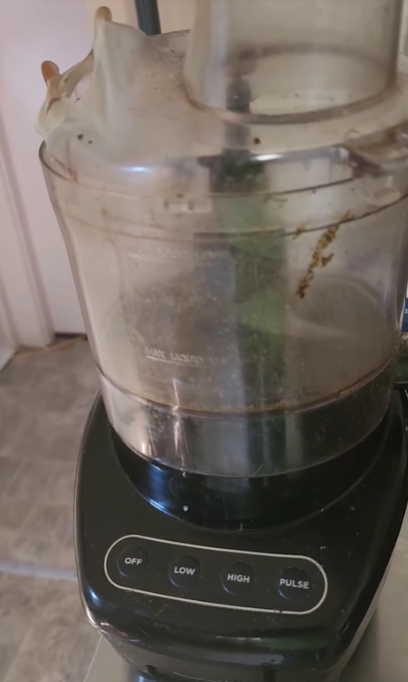
Step 3
Place the cannabis into an infusion machine like the Infuzium 420, Infusion Buds, or Magical Butter machine. Cover with food-grade ethanol (such as 190 proof Everclear or some kind of organic grain ethanol) up to the ridge line and heat at 160F for 4 hours. The solution will turn dark during this process.
Step 4
Step 5
Allow the solution to filter through the bag. The solid cannabis material is left behind in the bag. At this point, virtually all of the beneficial compounds in the cannabis have been extracted into the ethanol. Once about half of the solution has filtered, pour some more ethanol over the mixture to facilitate the filtration process. This may increase yield by up to 20%.
Note: The process can be done on the table or the floor. The extractor recommends the floor because spillage sometimes occurs and can stain tables.
Step 6
Step 7
This is the second filtration step. The solution can be filtered back into the ethanol bottle (in this case, Everclear) by pouring over a thick paper towel put over a funnel. Make sure you are using thick, high-quality paper towels. Take 3 sheets, fold them in half, put them over the funnel, and gently push them in. Keep the sides of the paper towels facing up. The solution can then be poured through. Since it takes time to filter, the entire solution can’t be poured in at once and must be done in stages.
The process should be repeated at least once, and ideally twice, to ensure full removal of all plant matter. By having two bottles and two funnels, it is easy to pour from one into the other.
This step is important because residual plant matter in FECO can cause it to clog up and be harder to squeeze out.
Step 8
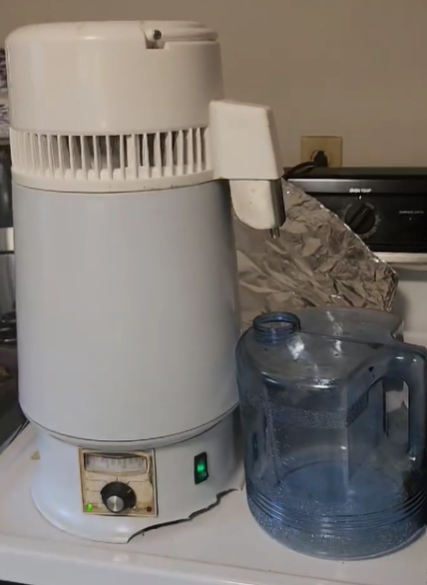
Step 9
It is critical to determine the FECO is finished and doesn’t have much residual ethanol. If the FECO drips down with semi-thick strings of 4 to 6 inches, as shown below, that means there is still too much residual solvent and more heating is needed. It is important to let the FECO cool before doing this test, as finished FECO, when warm, may still show these strings.
FECO is finished when the strings are around 12 inches long and much thinner.
Step 10
Once the FECO is finished, it can be put in oral syringes. To facilitate this, lifting up the distiller at an angle by placing a small box under it is effective. The distiller should be turned back on at a low heat, about 60-80F, which lowers the viscosity of the FECO so it can be syringed. Within just about a minute, it will be warm enough to syringe.
Pull a little FECO up into the syringe by pulling the plunger back. Then push the FECO back out, which is important for clearing out all air. Be sure to put the tip of the syringe in only as far as it needs to go, submerging the whole tip is needlessly messy. After syringing, put the syringe slightly up at an angle as it cools. Having it horizontal or on a decline will lead to leaking. The syringe can then be capped.

